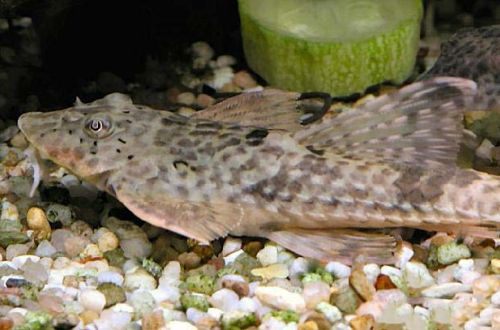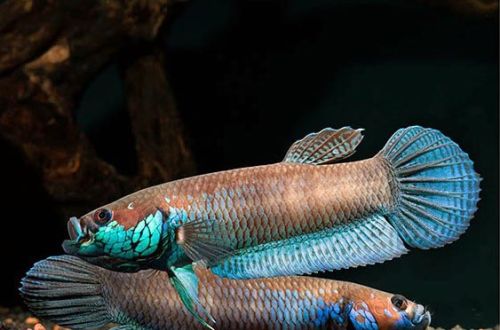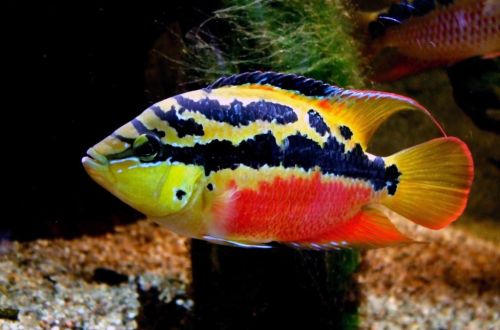
wedge belly platinum
Golden or platinum wedge belly, scientific name Thoracocharax stellatus, belongs to the Gasteropelecidae family. The bizarre body shape makes this fish stand out from the mass of other species, which, coupled with the simple content, makes it a good choice for a beginner aquarist.

Contents
Habitat
Comes from South America. It is the most common species among all hatchet fish. It is found everywhere in all major river systems of the continent: Amazon, Orinoco, Parana and others. Mostly still waters are preferred, such as still backwaters, swamps, floodplain lakes. Most often kept in areas with an abundance of surface aquatic vegetation.
Brief information:
- The volume of the aquarium – from 250 liters.
- Temperature – 20-28°C
- Value pH — 5.0–7.5
- Water hardness – 1–15 dGH
- Substrate type – any
- Lighting – subdued or moderate
- Brackish water – no
- Water movement – light or moderate
- The size of the fish is 6–7 cm.
- Food – any food that floats on the surface
- Temperament – peaceful
- Content – in a flock of at least 10 individuals
Description
Adult individuals reach a length of about 6–7 cm. They have a typical wedge-shaped body shape, strongly compressed from the sides, resembling an ax blade. The belly is silvery, the back is yellow with golden hues. At a certain angle of incidence of light, stripes may appear that cast blue.
Food
In home aquaria, it becomes an omnivorous species, although initially it feeds almost exclusively on small insects and other invertebrates. The only requirement for food is that it must be floating, as fish can only feed near the surface.
Maintenance and care, arrangement of the aquarium
The optimal size of an aquarium for a flock of a dozen fish starts at 250 liters. The design is arbitrary, the main emphasis is on the upper tier. It is necessary to combine free areas for swimming and places with dense accumulations of floating plants, where fish could hide. The rest of the decor does not really matter and is selected at the discretion of the aquarist or based on the needs of other fish in the aquarium.
Successful long-term maintenance is only possible under conditions of high water quality (low pollution) within an acceptable range of temperatures and hydrochemical values. Golden wedge belly adapts well to a relatively wide range of pH and dGH values, so maintaining them at the proper level will not cause much difficulty if you regularly carry out a number of mandatory aquarium maintenance procedures and equip it with the necessary equipment. First of all, we are talking about filtration systems. Platinum wedge-belly can indeed jump out of the water in case of danger, but nothing to do with “flying”, as many fish do.
Behavior and Compatibility
A peaceful friendly fish that prefers to be in the community of relatives or the same calm species. Good compatibility can be established with small tetras, corydoros and precostomus catfish, geophagus cichlids and apistograms, and many others.
There is an opinion that these fish are capable of making large jumps, and large pectoral fins, resembling wings, help them maneuver in the air. However, after a series of experiments in 1995, this legend was refuted.
Breeding / breeding
At the time of writing, there are no successful cases of breeding in a home amateur aquarium. Spawning in nature coincides with annual changes (rainy season and drought) and is accompanied by migrations to flooded areas of forests, where fry appear in quiet backwaters rich in food. Recreating such an environment is problematic for a beginner aquarist.
Fish diseases
A well-established biological system, a balanced diet and the absence of stressful situations (for example, being chased by aggressive fish) are the best guarantee of maintaining health. When the first signs of an illness appear, first of all, attention should be paid to these three factors, perhaps there was a deviation in one of them. As a rule, solving the problem leads to self-healing. However, if the immune system fails, you will have to resort to medical treatment. Read more about symptoms and treatments in the Aquarium Fish Diseases section.





